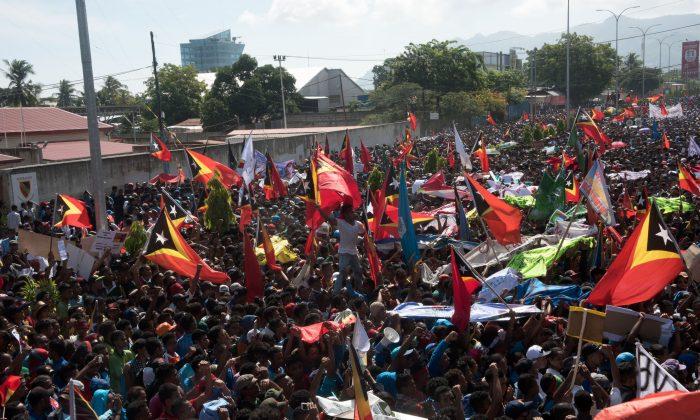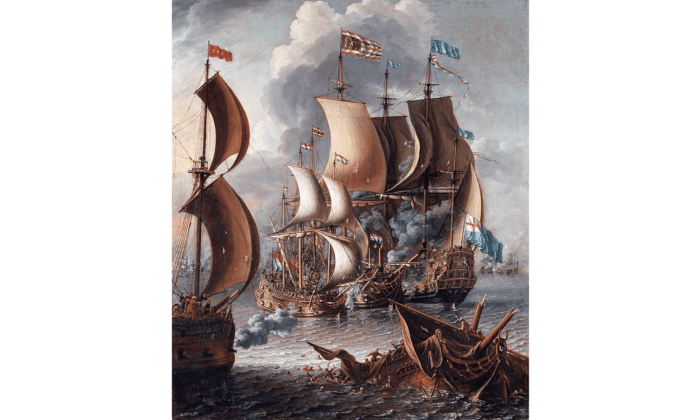“We’ve agreed to a resolution to extend the suspension of martial arts,” Prime Minister Xanana Gusmao told reporters in April.
Why the Ban?
Martial arts was introduced into Timor-Leste during the Indonesian occupation, and became incredibly popular among the East Timorese, especially among those who became clandestine members in supporting guerrilla fighters during the occupation.Yet, following the country’s 2002 independence, some martial arts groups went into politics and caused sectarian violence.
Martial arts groups became rivals, which tumbled into gang violence in 2006, leaving dozens dead and thousands displaced.
Another violent outbreak that ensued in 2013 between rival martial arts groups led to a martial arts ban.
Mr. Gusmao grew frustrated with the groups, saying in 2013 that he had tried to work with them for years to allow them to operate peacefully but said the original purpose and philosophy of martial arts had been lost in Timor-Leste.
“I have no more mercy, and no more patience,” he said in 2013. “I cannot tolerate the situation anymore, and I cannot permit it anymore.”
The current ban would give both the police and the Martial Arts Regulatory Commission time to inspect clubs or schools across the country, and to carry out “special crime prevention” in areas where martial arts-related violence was recorded.
Police and military officers involved in martial arts groups have also been instructed to suspend their involvement in martial arts organisations; citizens and community leaders have also been called to “collaborate with the security forces to identify the illicit practice of martial arts.”
Mr. Gusmao told reporters that in some public schools, some students were fighting with teachers.
Banning Martial Arts Dismisses its Benefits
However, a 2015 study (pdf) found the ban to be dismissive of the potentially positive role martial arts groups could have on neglected young people in Timor-Leste, and failed to address the sources of youth violence in general.At the same time, the study acknowledged how the use of martial arts in crime, politics, and violence has posed a threat to the country’s security and peace.
“Martial arts groups include members from all levels of society, including politicians, security forces, community leaders, as well as young and old, employed and unemployed. When it comes to martial arts violence, young men are the main perpetrators, and alcohol and drug abuse often fuel violent incidents,” researcher Janina Pawelz wrote, adding that issues such as land disputes, domestic violence, social jealousies, inequality, and unemployment are also contributors to violence.
Further, Ms. Pawelz argued that the “positive curricula” of martial arts groups have been overlooked, with the government failing to use existing structures that could contribute to building peace in the country.
“Internally, all martial arts groups deploy codes of conduct and ethical discipline guidelines, including the value of nonviolence,” Ms. Pawelz wrote.
Meanwhile, the Timorese government said it will eventually allow martial arts practice as long it falls exclusively within the context of exercise and sport, reinforces social peace, and contributes to the “education and civic and humanistic training of young people.”
Currently, the Martial Arts Regulatory Commission is conducting a “full survey” of the groups, and intends to classify martial arts as a sport once the registrations and data collected from the groups are complete.
In April, Mr. Sabino said while martial arts and clandestine rituals have contributed to Timor-Leste’s independence, those involved with martial arts groups should “demonstrate discipline, promote peace, and stability, respect others’ freedom of movement, and not consider hurting or taking the lives of others.”“Everyone must prepare themselves in three dimensions: physically, spiritually, and mentally, to become an energetic, respectful, and resilient person. Thus, in all these dimensions, young people will mould their character to become useful people for society.”






